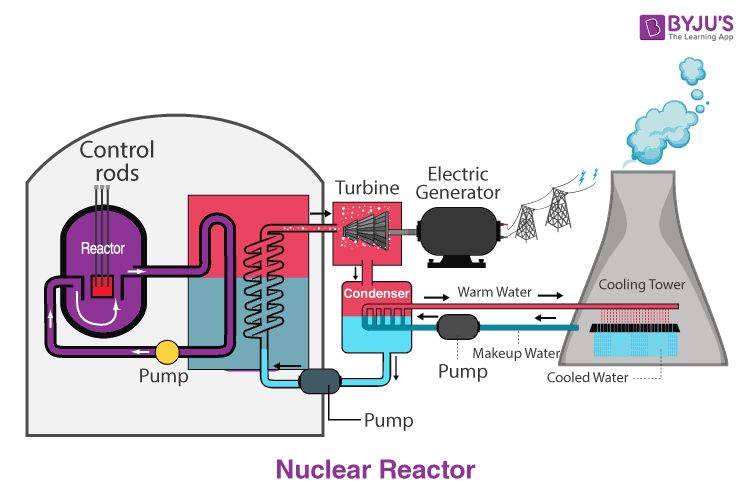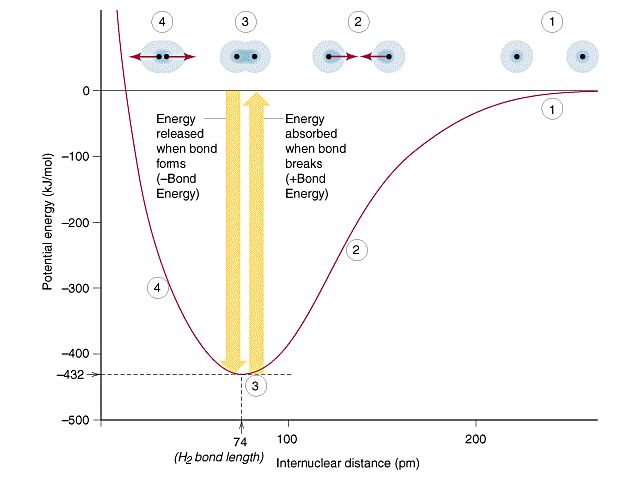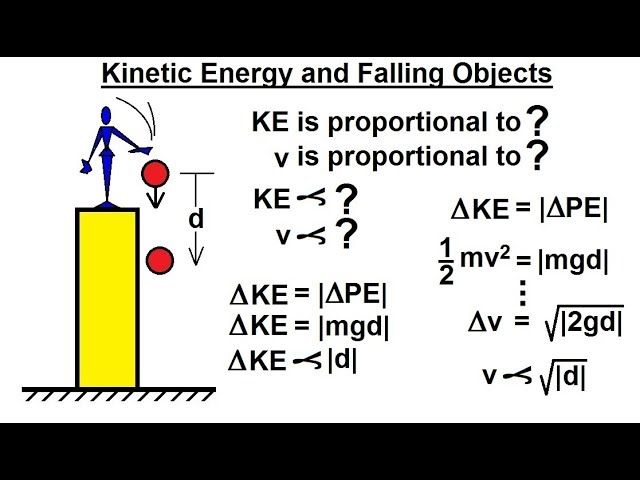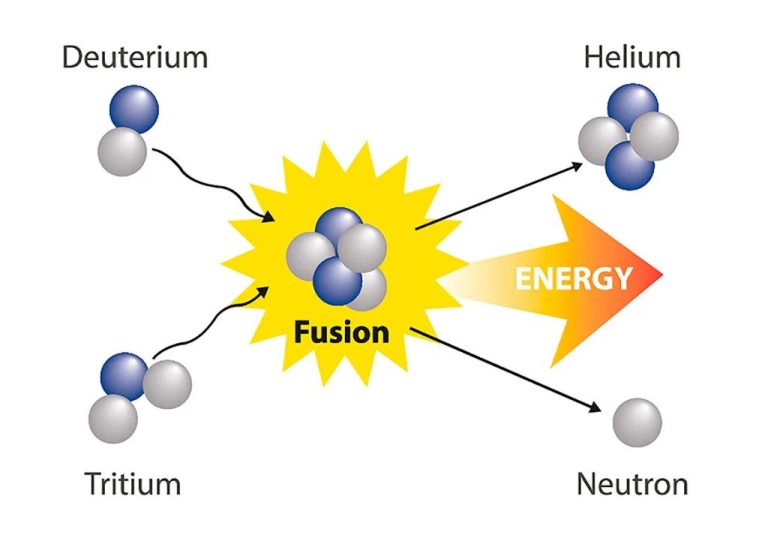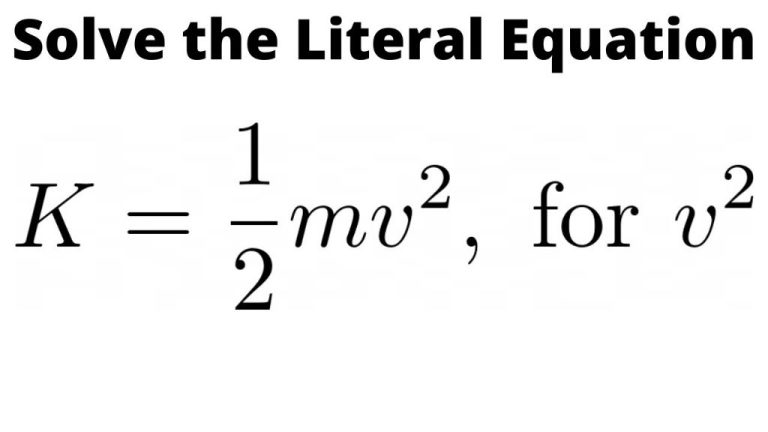What Type Of Science Is Electricity And Magnetism?
Electricity and magnetism is a branch of physics that studies the phenomena and properties of electric charges, currents, and magnetic fields. It is a broad scientific field that encompasses electrostatics, electromagnetism, electrical circuits, and everything in between. Some of the major topics within electricity and magnetism include:
- Static electricity and electric charge
- Electric potential energy and voltage
- Electric current and circuits
- Magnetic fields and their interactions with electric currents
- Electromagnetic induction
- Maxwell’s equations describing electricity, magnetism and their interrelation
Electricity and magnetism plays a foundational role in various technologies and modern life. Understanding these electromagnetic phenomena is crucial for electrical engineering, power generation, telecommunications, and more. Overall, electricity and magnetism provides insight into one of the four fundamental forces of nature.
History
The scientific study of electricity and magnetism has its origins in ancient times with early philosophers making observations about lodestones and static electricity. However, larger developments started taking place in the 17th and 18th centuries as scientists began experimenting in earnest to uncover the nature of these forces.
The ancient Greeks knew that rubbing fur on amber could create a magnetic attraction – this was called elektron in Greek. Thales of Miletus made the earliest recorded observations on magnetism around 625 BC. He noted that rubbing amber could attract lightweight objects like feathers. He was also aware of naturally magnetized lodestones which aligned along a north-south axis.
In 1600, William Gilbert published De Magnete establishing magnetism as a distinct force. He built the first electroscope to detect static electricity. Around this time, scientists like Otto von Guericke started experimenting with static electricity produced by friction machines. This allowed them to create sparks, study electrical repulsion, and investigate the conductivity of materials.
In 1752, Benjamin Franklin demonstrated that lightning was a form of electricity with his famous kite experiment. He also developed the lightning rod to protect buildings. Luigi Galvani showed that electricity could make muscles twitch, while Alessandro Volta invented the voltaic pile battery. Their work led to a new understanding of bioelectricity and electrochemistry.
Electrostatics
Electrostatics is the study of stationary electric charges. It involves topics such as electric charges, electric fields, and Gauss’s Law. Electric charges are a property of subatomic particles that gives rise to forces between them. Like charges repel each other, while opposite charges attract. The magnitude of the force depends on the amount of charge and the distance between them. Electric fields surround electric charges and exert forces on other charges placed within the field. The electric field strength increases closer to the charge. Gauss’s Law relates the electric flux through a closed surface to the total electric charge enclosed within that surface. It is a key equation used extensively in electrostatics. Overall, electrostatics provides the foundation for analyzing forces and fields arising from stationary electric charges.
Electric Potential
The electric potential, also called voltage, describes the amount of potential energy per unit charge that a charge possesses due to the electric field at that point. Electric potential energy results from the presence of electric charges, and the work required to assemble a configuration of charges is stored as electric potential energy.
Voltage, or electric potential difference, measures the work required to move a unit charge between two points. Voltage can be thought of as electric potential energy per unit charge. Voltage is measured in volts, which represents joules per coulomb of charge.
Capacitors are devices that store electric charge. A capacitor consists of two conductors separated by an insulator or dielectric. When voltage is applied, electric charges of equal magnitude but opposite polarity build up on each conductor. The capacitor stores the electric potential energy of the accumulated charges in the electric field between the conductors. The capacitance, or amount of charge stored per volt applied, depends on the capacitor’s physical characteristics.
Electric Current
Electric current refers to the flow of electric charges in a conductor. It is measured in amperes (A) with a voltmeter and ammeter. The current depends on the electric potential difference (voltage) across the conductor and the resistance of the conductor based on Ohm’s Law. For metals at a given temperature, the resistance is constant. So for a given potential difference, the current in the conductor is fixed.
Resistance (R) is the hindrance to the flow of charge measured in ohms (Ω). Materials like copper have low resistance allowing current to flow easily. Insulators like rubber have extremely high resistance impeding the flow of charges. Resistance depends on the length (l), cross-sectional area (A), and material resistivity (ρ). This relation is given by:
R = (ρl)/A
Ohm’s Law describes the relationship between current (I), voltage (V), and resistance (R) in an electrical circuit. It states that the current through a conductor is directly proportional to the potential difference and inversely proportional to the resistance.
I = V/R
So for a given voltage, increasing the resistance decreases the current. But higher voltage across the same resistance increases the current.
When charges flow through a resistor, collisions convert electrical energy into heat known as Joule heating. The thermal energy produced per unit time is:
P = I2R
More current or higher resistance results in more heat generated according to Joule’s law.
Magnetostatics
Magnetostatics is the study of magnetic fields in systems or materials that are not changing with time. It involves investigating phenomena arising from static magnetic fields and the response of materials to those fields. Some key concepts in magnetostatics include:
Magnetic Fields and Materials
Every magnet has a magnetic field surrounding it, which exerts a force on other magnets or magnetic materials. The strength and direction of the magnetic field can be mapped using field lines. The magnetic field permeates through all space, but its effect on different materials varies. Paramagnetic materials are attracted to magnetic fields, while diamagnetic materials are repelled. Ferromagnetic materials exhibit strong attraction and can retain permanent magnetization.
Ampere’s Law
Ampere’s law describes the relationship between electric current and the magnetic field it produces. It states that the magnetic field around a closed loop is proportional to the electric current passing through the loop. The direction of the magnetic field circulation is given by the right-hand rule. Ampere’s law allows calculating the magnetic field produced by a configuration of currents, which is useful in designing electromagnets and electric motors.
Electromagnetism
Electromagnetism describes the relationship between electricity and magnetism and how they interact. Some key principles of electromagnetism include:
Electromagnetic induction – The process by which a magnetic field induces an electric current in a nearby conductor. First discovered by Michael Faraday, electromagnetic induction forms the basis for many electrical devices like transformers, generators, and motors.
Faraday’s Law – The mathematical relationship describing electromagnetic induction. It states that the voltage induced in a coil is proportional to the rate of change of magnetic flux through the coil. This forms a fundamental law of physics relating electricity and magnetism.
Maxwell’s equations – The set of four equations formulated by James Clerk Maxwell in the 1860s. These elegantly summarize the interactions between electric and magnetic fields. Maxwell showed light is an electromagnetic wave and his equations laid the foundation for modern wireless communication technologies.
Electromagnetism is fundamental to many modern technologies from power generation and transmission to motors, radios, radars and fiber optic communication. Researchers continue uncovering new applications of electromagnetism and refining our understanding through areas like quantum electrodynamics.
Applications
Electricity and magnetism have enabled the development of technologies that power and connect our modern world. Here are some of the most important applications:
Generators
Generators convert mechanical energy into electrical energy using electromagnetic induction. This allows the generation of electricity from various energy sources like wind, water, steam, or internal combustion. Electrical generators are essential for producing the vast amounts of electricity needed to power homes, businesses, and industries.
Motors
Electric motors operate on the reverse principle, converting electrical energy into mechanical energy through interactions of magnetic fields and conductors. Motors enable mechanical work to be done in systems ranging from large industrial equipment to small consumer devices. They are found in everything from factory assembly lines to household appliances.
Transformers
Transformers use magnetic coupling between coils to increase or decrease AC voltages. This allows efficient, long-distance transmission of electricity at high voltages and safe low voltage usage. Without transformers, modern electric grids would not be feasible.
Electronics
The development of electronics has been made possible by advances in controlling electricity and magnetism. From vacuum tubes to transistors to integrated circuits, electronics have enabled modern computing, communications, medical devices, and much more. The entire field of electronics derives from the ability to manipulate electrons using electricity and magnetism.
Research
The study of electricity and magnetism continues to be an active area of research as scientists around the world push the boundaries of our understanding. Some of the cutting edge areas of research in electricity and magnetism include:
Quantum electromagnetism – This field looks at how electromagnetism operates at the quantum scale and how it relates to quantum field theory. Researchers are working to better understand the interactions between electromagnetic fields and matter at the subatomic level.
Plasmonics – This involves studying the unique optical properties of plasmons, which are quasiparticles formed by the interactions between light and free electrons in a metal. Controlling plasmons has exciting applications for creating ultrafast computer chips and sensors.
Spintronics – This emerging field looks at harnessing the intrinsic spin of electrons in addition to their charge to develop novel electronics and computing technologies. Spintronic devices promise benefits like increased data storage densities.
Optical magnetism – Researchers are developing metamaterials and photonic crystals with optical properties not found in natural materials, like the ability to interact with magnetic fields. This could enable technologies like optical computers.
Quantum computing applications – Photons and electromagnetic fields are promising candidates for building qubits, the basic units of quantum computers. Researchers are studying how to leverage electromagnetism and quantum physics to develop super-powerful quantum computers.
Wireless power transfer – Technologies like near-field coupling and resonant inductive coupling are being researched to transmit power wirelessly over distances. This could enable new applications in consumer electronics, biomedical devices, and electric vehicles.
Conclusion
Electricity and magnetism are essential topics within classical physics and engineering that describe the interactions between electricity and magnetism. Key concepts covered within electricity and magnetism include electrostatics, electric fields, electric potential, circuits, magnetostatics, magnetic fields, electromagnetism, motors, generators, and electromagnetic waves.
Studying electricity and magnetism provides a foundational understanding of how electric charges, currents, and magnetic fields behave and interact. This knowledge enables key technologies that society relies upon – anything that uses electricity, motors, magnets, circuits, electronics, or electromagnetic radiation. The principles of electricity and magnetism will continue to remain crucial for developing new technologies in electrical engineering, computer science, renewable energy, telecommunications, and more.
In summary, electricity and magnetism form a broad, integral field of physics that underpins much of the modern world. Research and education in electricity and magnetism will enable society to invent new technologies, improve energy efficiency, and gain a deeper understanding of the natural forces that shape our universe.

